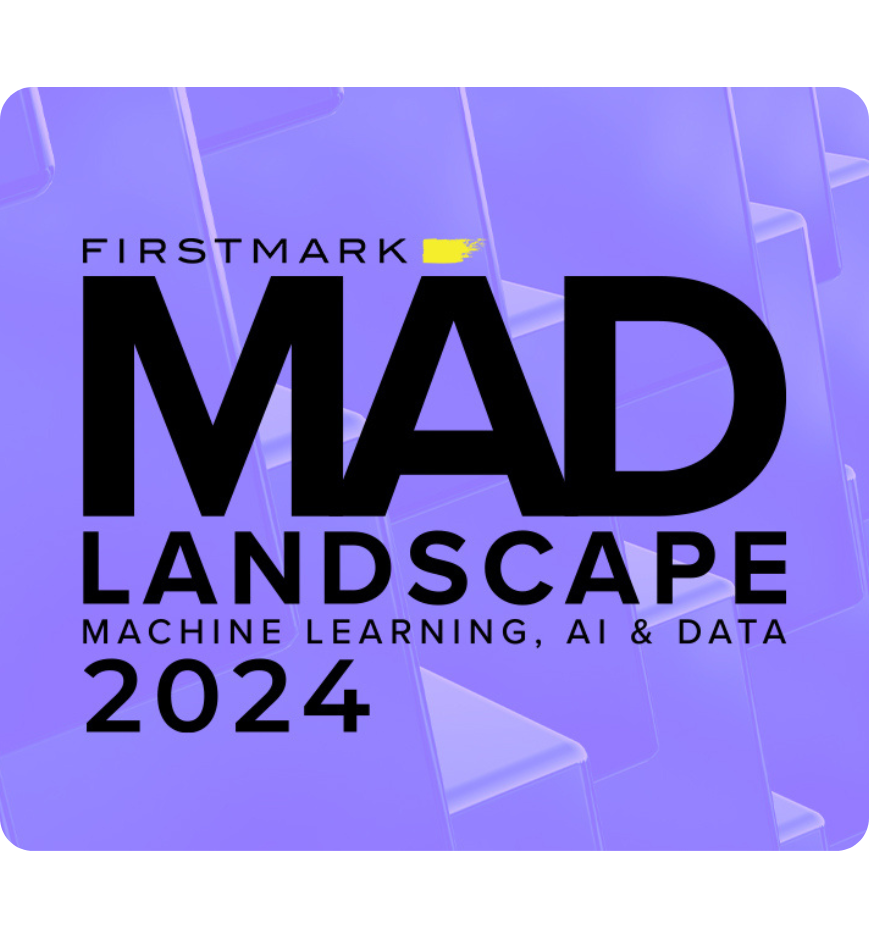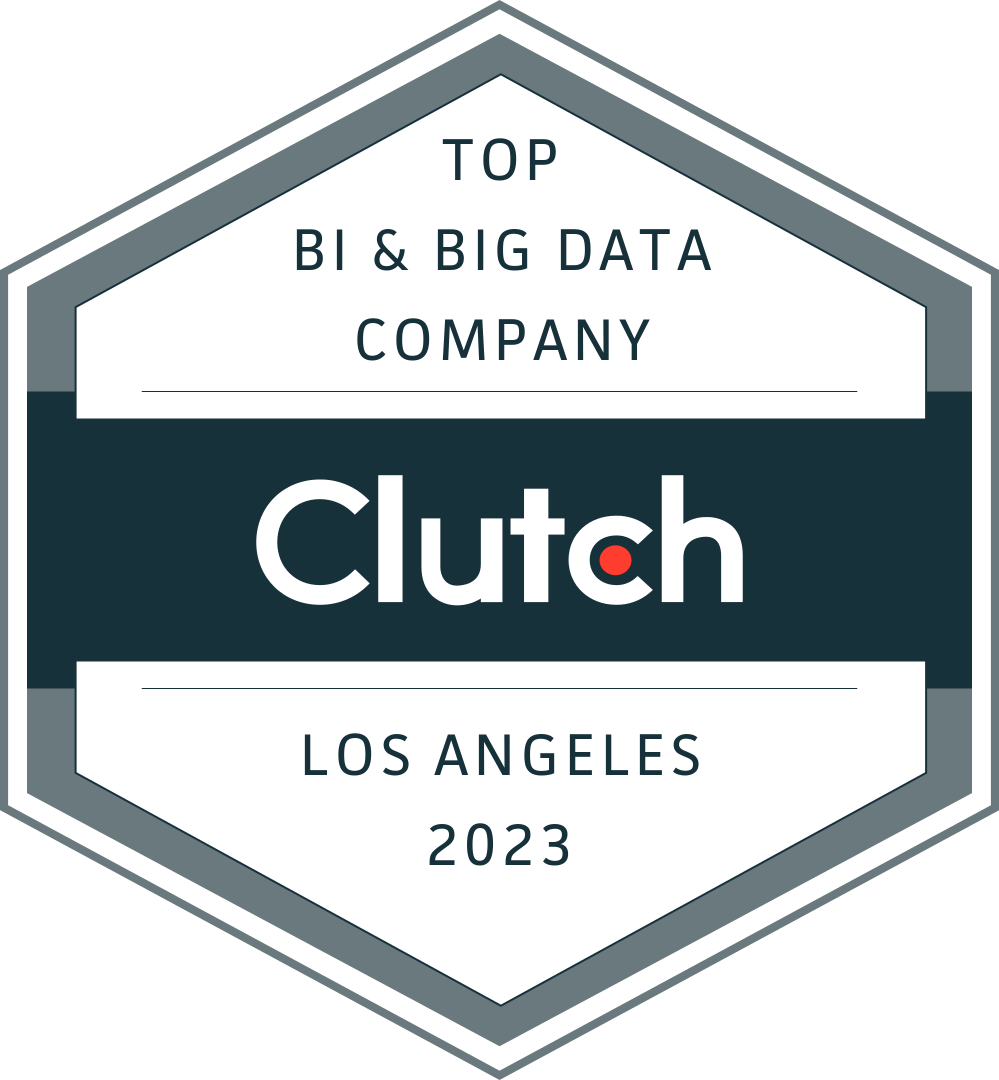
Implementing an MLOps Platform for Seamless Transition from Concept to Deployment
The university has recognized the necessity of integrating MLOps into its operations to streamline and automate the lifecycle of machine learning models, which includes model development, deployment, and monitoring.
Meet Our Client
The client, an educational institution, is renowned for its commitment to providing flexible, affordable, and accessible online education in fields such as IT, teaching, business, and healthcare.


Let the Client Talk
Case Study Shortcut
Challenge
Fragmentation Between Experimental and Production Environments
The client’s in-house team faced significant obstacles in transferring models from notebooks and exploratory environments into production-ready systems. The lack of an integrated workflow led to manual handoffs, misaligned dependencies, and inconsistent results.
Need for Code Refactoring and Re-Engineering
To meet MLOps best practices, models often required extensive code rewriting, restructuring, and re-validation before deployment. This slowed down the development cycle, introduced risks of errors, and consumed valuable engineering time.
Lack of Standardized and Automated Workflows
The absence of a standard, automated workflow made it difficult to scale and manage model deployment efficiently. Teams needed a flexible yet robust platform that could support collaboration between Data Scientists, Analysts, and MLOps Engineers, without compromising model integrity across different stages (development, testing, production).
Goal
- Seamlessly Transition AI Models from Experimentation to Production
- Establish a Standardized, Scalable MLOps Workflow
- Empower Cross-Functional Collaboration and Model Reusability
Outcome
Addepto’s platform empowered the Client to streamline the deployment process and minimize the discrepancies between development and production environments. By providing a self-service platform, it facilitated a quicker transition from concept to full-scale production, allowing the Client’s in-house Data Science Team to concentrate on developing sophisticated AI models ready for immediate practical use.
Yet, acceleration wasn’t the only benefit of this project. By integrating a standardized workflow with distinct and well-defined stages, Addepto successfully segregated the experimental, testing, and production environments. This separation enabled Data Scientists, Data Analysts, and MLOps Engineers to refine models at any stage without compromising their integrity.
Before
- Significant challenges in transitioning models from the experimental phase to production due to the separation of environments.
- Necessity for code refactoring in order to apply MLOps best practices MLOps Engineers, introducing risks of errors and inconsistencies.
- Slowed deployment process, hindering efficiency and reliability of model deployment and scaling.
After
- The smoother and more efficient transition of models from concept to deployment with integrated workflows.
- Seamless adaptation across development, staging, and production environments facilitated by automation.
- Expedited transition to full-scale production

Integrate those solutions in your company
Case Study Details
Approach
Foundational MLOps Project Template
- Developed a reusable MLOps template that serves as the base for launching all new AI/ML projects.
- Embedded best practices for model tracking, environment management, and automated testing from the outset.
- Designed to minimize setup time and promote consistency across teams and workflows.
Notebook-Centric Workflow Integration
- Enabled Jupyter/Databricks notebooks to function as integral parts of the production pipeline.
- Supported seamless transition from experimentation to deployment without requiring code rewriting.
- Bridged the gap between Data Science flexibility and engineering stability.
Separation of Development, Testing, and Production Environments
- Created a clearly defined stage structure to isolate experimental, staging, and production environments.
- Allowed Data Scientists, Analysts, and MLOps Engineers to collaborate without risk of interfering with live workflows.
- Enabled parallel refinement and versioning of models.
Configuration-Driven Customization
- Designed workflows that are fully configurable via external files, allowing teams to tailor the process without altering the core codebase.
- Made it easy to apply project-specific logic, validation rules, and automation stages.
- Ensured flexibility across departments and evolving use cases.
Automation and Workflow Acceleration
- Automated repetitive setup and deployment tasks using predefined logic and validation checks.
- Resulted in faster model handoffs, fewer manual errors, and accelerated transitions to full-scale production.
- Freed Data Science teams to focus on innovation rather than infrastructure.
Our Team Expert Opinion

The project was extraordinary, going beyond a one-time AI model transfer. It aimed to create a scalable environment where every Client’s model would be production-ready from the outset. This environment would eliminate the need for code refactoring, reapplying best practices, and additional testing.
Bartłomiej Grasza Senior MLOps Engineer at Addepto













